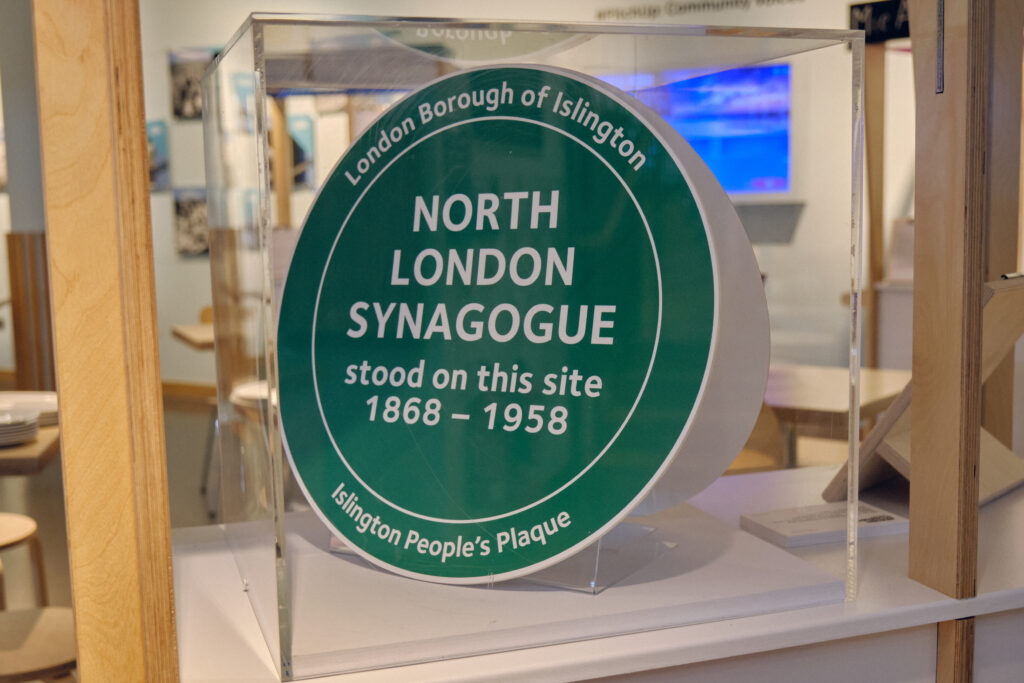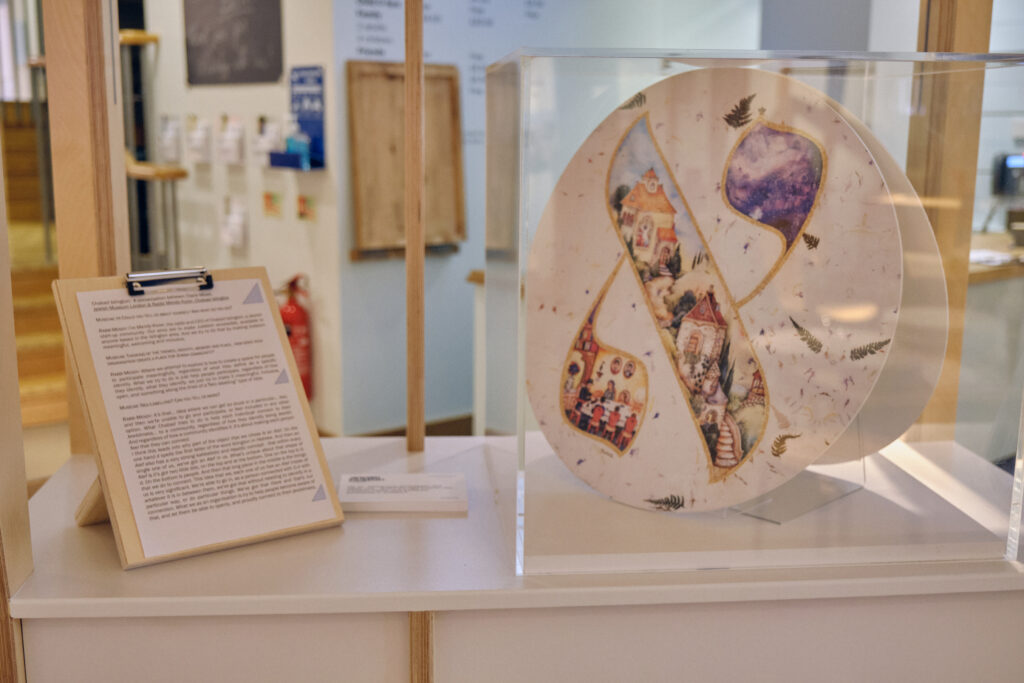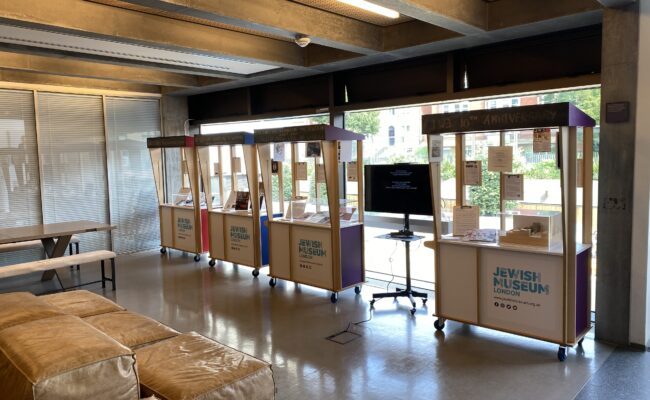A conversation between Claire Mead, Jewish Museum London & Rabbi Mendy Korer, Chabad Islington

Museum: Hi Could you tell us about yourself And what do you do?
Rabbi Mendy: I’m Mendy Korer, the rabbi and CEO of Chabad Islington, a Jewish start-up community. Our aims are to make Judaism accessible, available to anyone based in the Islington area. And we try to do that by making Judaism meaningful, welcoming and inclusive.
Museum: Thinking of the themes, identity, memory and place, how does your organisation create a place for Jewish community?
Rabbi Mendy: Where we attempt to explore is how to create a space for people to participate meaningfully, regardless of what they define as a specific identity. What we try to do is just help people participate, regardless of how they identify, what they identify, we just try to make it meaningful, inclusive, open, and something along the lines of a“Neo labelling” type of idea.
Museum: Neo-Labelling? Can you tell us more?
Rabbi Mendy: It’s that… idea where we can get so stuck in a particular… box, and then we‘re unable to go and participate, or feel included in any other option. What Chabad tries to do is help each individual connect to their Jewishness… to a community, regardless of how they identify being Jewish. And regardless of how a community identifies it. It’s about making each person feel that they can connect.
I think this leads into why part of the object that we chose is an Alef. On the one hand it spells the first letter of the word Islington in Hebrew. And then an Alef also has a very strong kabbalistic and Hasidic concept – that within every single one of us, we’ve got an Alef in us. What’s unique about that shape of Alef is it’s got two little bits, on the top and at the bottom. One on the top is G-d. On the bottom is people. And then that long piece in the middle is the things that we do to connect. This idea that we, each one of us has an Alef inside of us is very significant. We’re able to go in, as a person connected with G-d with whatever it is in between them, we’ve got that without needing to identify in a particular way, or do particular things. We’ve got that there and that’s our connection. What we as an organisation is try to help people become aware of that, and let them be able to openly, and proudly connect to their jewishness.
Selecting an object
Museum: I have to say, you’ve selected a beautiful object. Thank you, you really kind of encapsulated how this object represents Jewish identity for you. Can you tell us more about this Alef and how it’s been formed with an artist and who’s kind of shaping the image? Is it almost that sense of flexibility? versatility?
Rabbi Mendy: It’s more about individual identity. That sense of personal ownership, as opposed to needing to belong to a particular segment of society or ‘that’s how I’m going to practice my faith in that society’. It’s this ownership that we all have within us.
Why does that also specifically connect to Islington? Jewish people that live in Islington, they’re usually people that are living outside of the bubble, well, outside of any bubble, maybe as an anonymous Londoner. And what we’re trying to do is help people be able to, in that lifestyle that they’re living, be able to find that individual connection, and make it possible for them to participate in that way.
It’s the ultimate sense of…of empowerment. And if you think of the journey of Jews throughout history, and their survival, it really has been an individual story, one by one, each one of us living in that little village, in Yemen, or in Ukraine, and keeping things alive. And in a way, whilst Islington isn’t as remote as a village of Yemen, yet nonetheless, that ability to maintain that identity, within ourselves with our own personal homes, that has kept Judaism going, is really what that Alef represents.
And in a way, that’s also kind of what the other side [of the plaque] represents too.
Museum: Yes, I was going to ask about that
Rabbi Mendy: It’s exploring that journey of Jews where, you had Jews coming, migrating through Islington over a period of time. On the one hand, it could feel like they were there – and the building doesn’t even exist anymore, you know, it got pulled apart and it’s a block of council flats now – yet, the ability to still revive and still maintain that memory and within…. in 2015, through the local, labour led council system, based on a public vote, we were able to maintain that memory… and what we’ve got now is a permanent memory and continuation of that Jewish heritage with the current community living in Islington.
Museum: thank you so much for these amazing responses.
——————————————————————————————–
For more information visit: www.jewishislington.co.uk/

